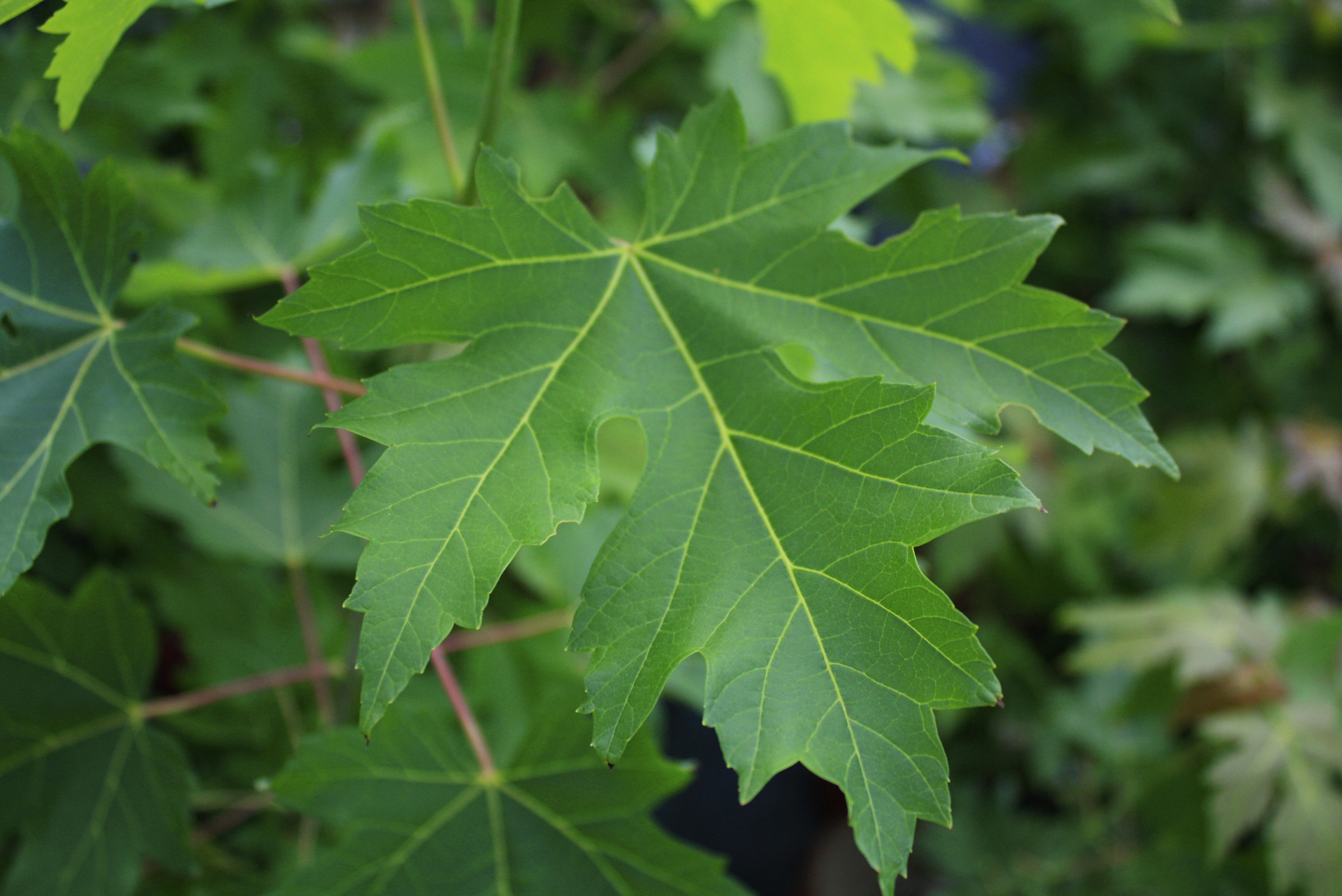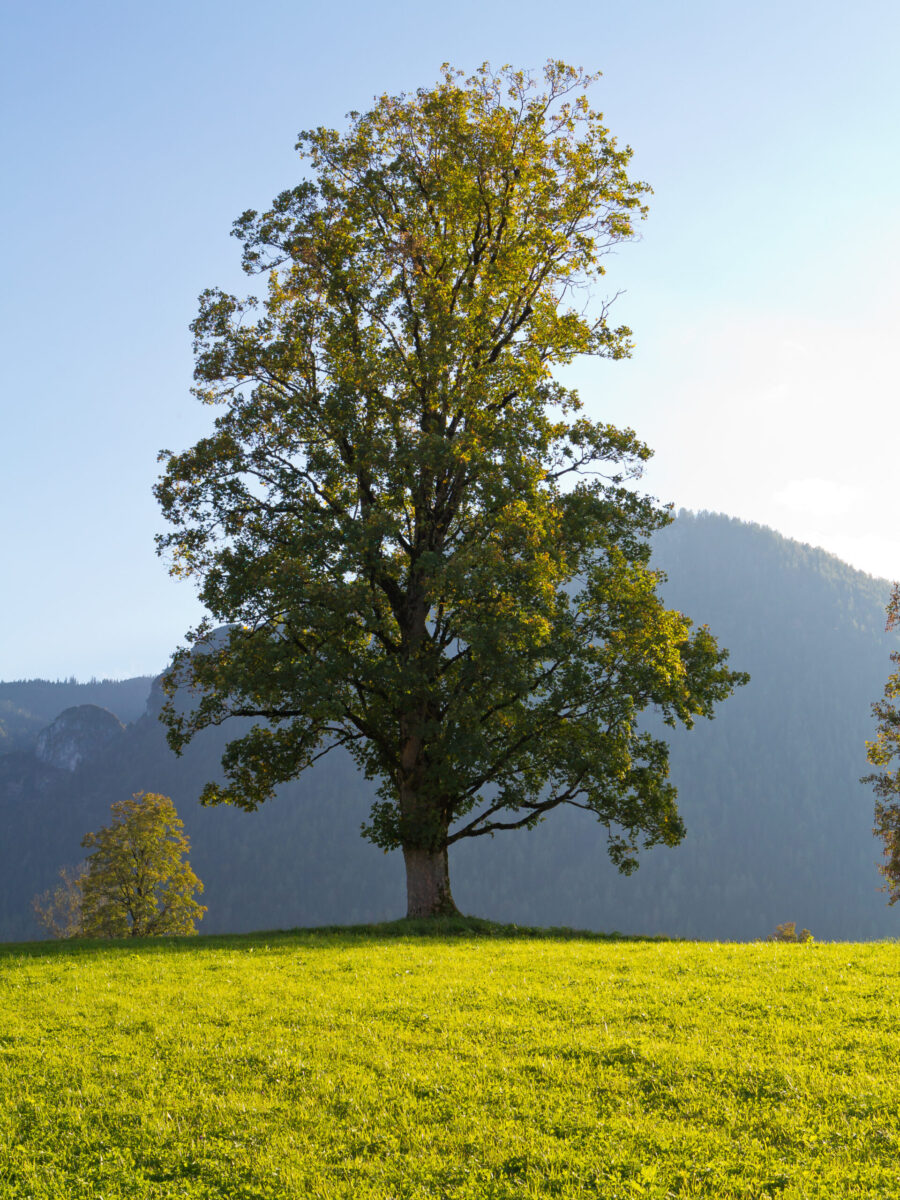

Particularly Resistant To (Insects/Diseases/Other Problems): Tolerant of poor soils, drought, dry soil and air pollution tolerant. Buds are eaten by squirrels after the seeds have sprouted. Seeds are eaten by squirrels, chipmunks and birds. Attributes: Genus: Acer Species: saccharinum Family: Sapindaceae Uses (Ethnobotany): Bonsai and to produce maple syrup Life Cycle: Woody Recommended Propagation Strategy: Seed Country Or Region Of Origin: Eastern and central North America Distribution: Eastern and central North America Wildlife Value: Members of the genus Acer support Imperial Moth (Eacles imperialis) larvae which have one brood per season and appear from April-October in the south.Tags: #deciduous #shade tree #full sun tolerant #rain garden #heat tolerant #drought tolerant #wildlife plant #native tree #moths #green flowers #yellow flowers #samaras #nectar plant #piedmont #shade garden #woody #spring flowers #winter interest #flowering tree #air pollution tolerant #stream banks #moist soil #food source wildlife #fast growing #NC native #well-drained soil #nighttime garden #small and large mammals #native garden #mountains #weak wood #green fruits #summer interest #disturbed areas #spring interest #pollinator plant #Braham Arboretum #compaction tolerant #flowers early spring #poor soils tolerant #larval host plant #fruits summer #food source summer #deciduous tree #fruits spring #food source spring #food source herbage #food source nectar #food source pollen #Coastal FAC #Piedmont Mountains FACW #wet soils tolerant #bird friendly #dry soils tolerant #food source hard mast fruit #butterfly friendly #moth larvae #winter flowers #partial shade tolerant #flood tolerant #flowers late winter #bee friendly #Audubon #wind damage prone #woodland garden #imperial moth #coastal plant #landscape plant sleuths course Profile Video: See this plant in the following landscape: Cultivars / Varieties:


Thompson for “ Trees, Shrubs, and Woody Vines for Landscaping” a plant identification course offered by the Department of Horticulture at Iowa State University. Shallow roots may damage nearby sidewalks. Silver maples grow rapidly so they tend to have weak brittle branches that are susceptible to breaking in high winds or when coated with ice/snow in winter. Verticillium wilt, anthracnose, and canker can affect stressed trees.

Insects, Diseases, and Other Plant Problems: No serious insect or disease problems though scale and borers may be present. It would make an excellent addition to a rain garden as it can grow in areas of poor soil or wet conditions where other stronger wooded trees cannot. Specific epithet means sugary in reference to the sweet sap. It has fallen out of favor recently because of its weak wood and tendency toward breakage. This tree grows at a rapid pace and has a graceful form, making it once a very popular landscape tree. It has attractive gray to dark brown bark that as the tree matures develops a shaggy appearance as the bark develops long thin flaky scales that exfoliate at the ends. It is native to eastern North America and is often found in flood plains, along streams or rivers, or low-lying woodlands. It gets its common name from the silvery undersides of its leaves. Silver maple is a large shade tree in the Sapindaceae (soapberry) family. Phonetic Spelling AY-ser sak-kar-EYE-num Description


 0 kommentar(er)
0 kommentar(er)
